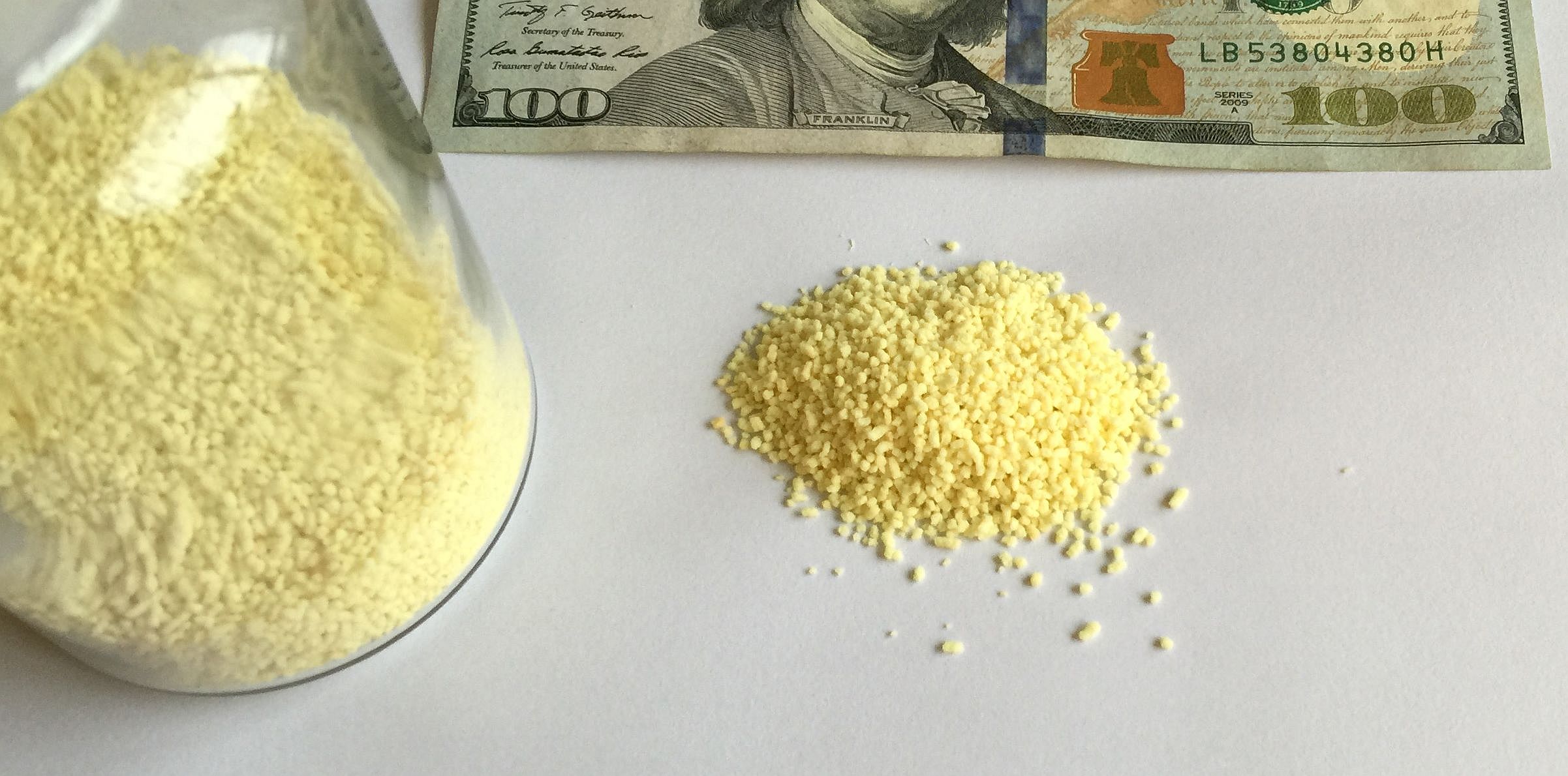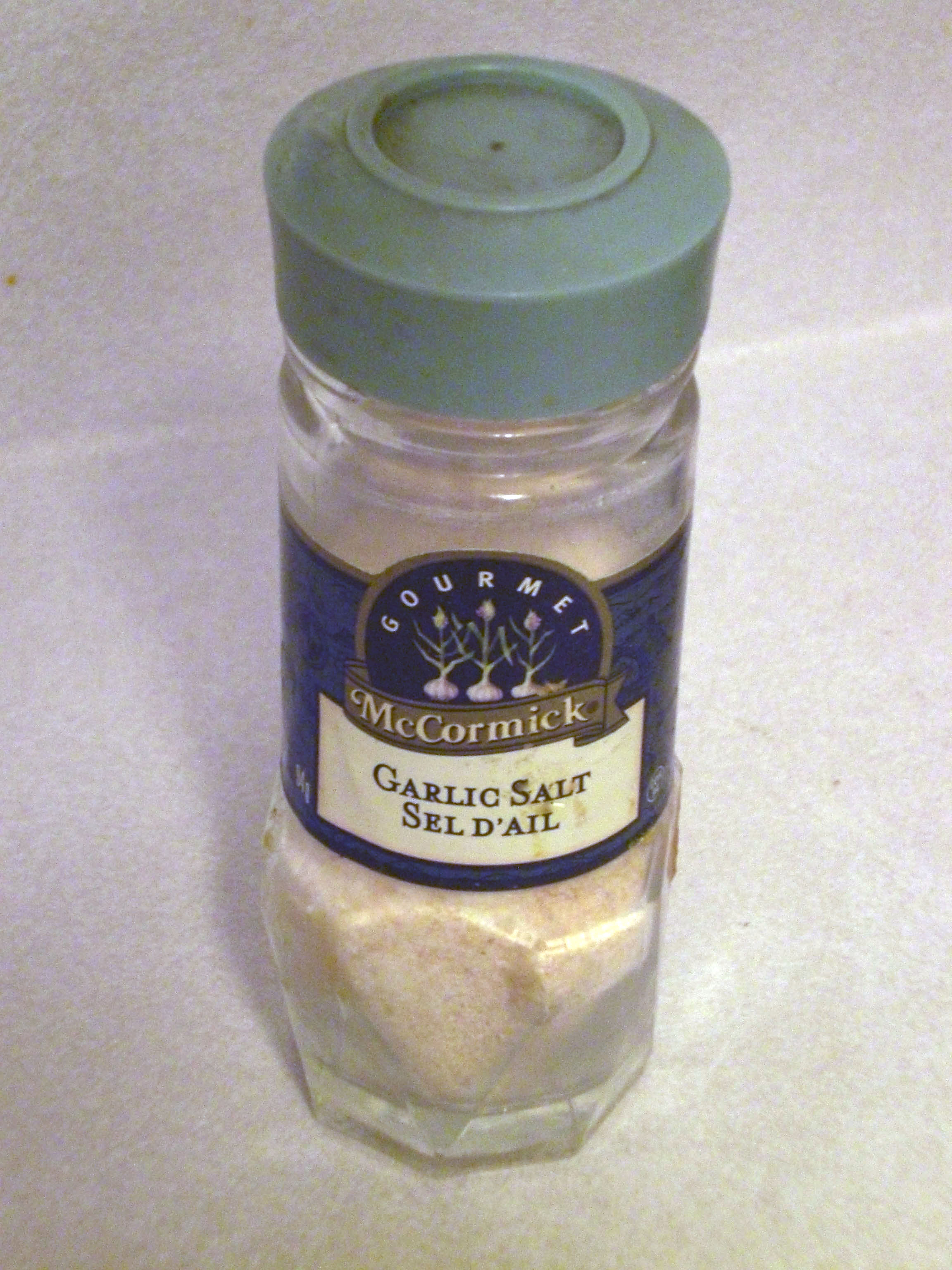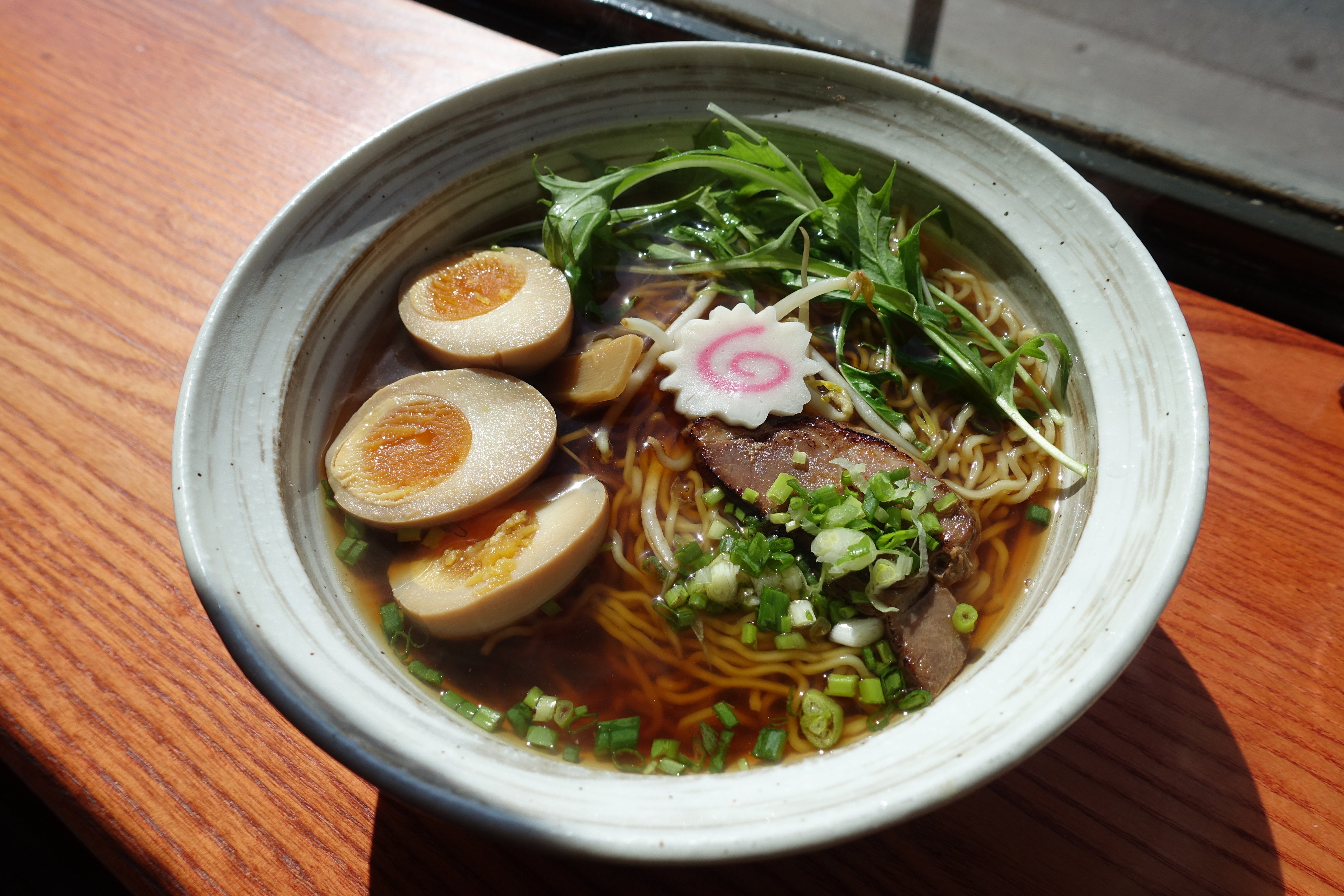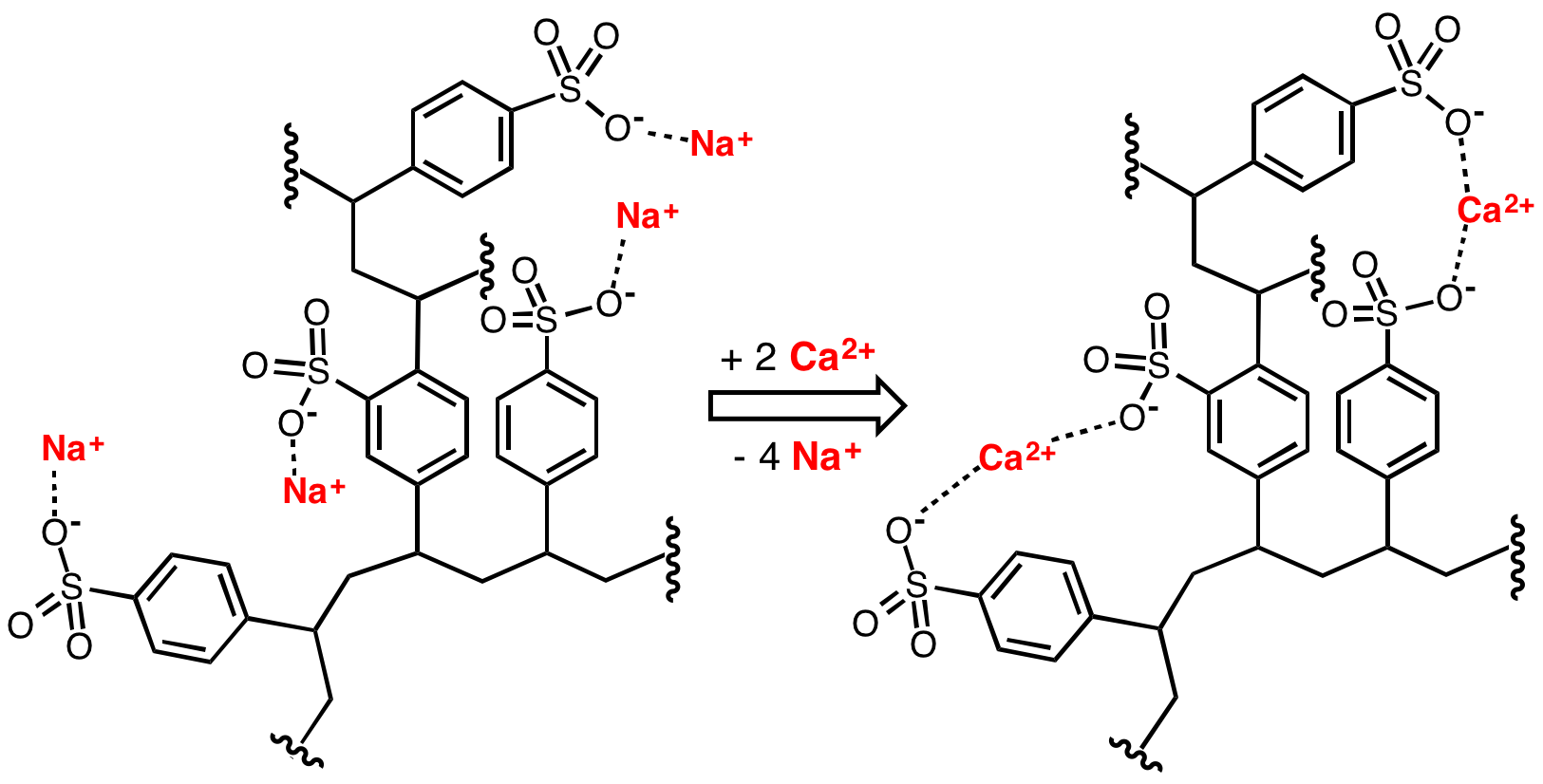|
Low Sodium Diet
A low sodium diet is a diet that includes no more than 1,500 to 2,400 mg of sodium per day. The human minimum requirement for sodium in the diet is about 500 mg per day, which is typically less than one-sixth as much as many diets "seasoned to taste". For certain people with salt-sensitive blood pressure or diseases such as Ménière's disease, this extra intake may cause a negative effect on health. WHO guidelines state that adults should consume less than 2,000 mg of sodium/day (i.e. about 5 grams of traditional table salt), and at least 3,510 mg of potassium per day. In Europe, adults and children consume about twice as much sodium as recommended by experts. Health effects A low sodium diet has a useful effect to reduce blood pressure, both in people with hypertension and in people with normal blood pressure. Taken together, a low salt diet (median of approximately 4.4 g/day – approx 1800 mg sodium) in hypertensive people resulted in a decreas ... [...More Info...] [...Related Items...] OR: [Wikipedia] [Google] [Baidu] |
Sodium
Sodium is a chemical element; it has Symbol (chemistry), symbol Na (from Neo-Latin ) and atomic number 11. It is a soft, silvery-white, highly reactive metal. Sodium is an alkali metal, being in group 1 element, group 1 of the periodic table. Its only stable isotope is 23Na. The free metal does not occur in nature and must be prepared from compounds. Sodium is the Abundance of elements in Earth's crust, sixth most abundant element in the Earth's crust and exists in numerous minerals such as feldspars, sodalite, and halite (NaCl). Many salts of sodium are highly water-soluble: sodium ions have been Leaching (chemistry), leached by the action of water from the Earth, Earth's minerals over eons, and thus sodium and chlorine are the most common dissolved elements by weight in the oceans. Sodium was first isolated by Humphry Davy in 1807 by the electrolysis of sodium hydroxide. Among many other useful sodium compounds, sodium hydroxide (lye) is used in Soap, soap manufac ... [...More Info...] [...Related Items...] OR: [Wikipedia] [Google] [Baidu] |
Sea Salt
Sea salt is salt that is produced by the evaporation of seawater. It is used as a seasoning in foods, cooking, cosmetics and for preserving food. It is also called bay salt, solar salt, or simply salt. Like mined rock salt, production of sea salt has been dated to prehistoric times. Composition Commercially available sea salts on the market today vary widely in their chemical composition. Although the principal component is sodium chloride, the remaining portion can range from less than 0.2 to 22% of other salts. These are mostly calcium, potassium, and magnesium salts of chloride and sulfate with substantially lesser amounts of many trace elements found in natural seawater. Though the composition of commercially available salt may vary, the ionic composition of natural saltwater is relatively constant. Historical production Sea salt is mentioned in the Vinaya Pitaka, a Buddhist scripture compiled in the mid-5th century BC. The principle of production is evaporation of the ... [...More Info...] [...Related Items...] OR: [Wikipedia] [Google] [Baidu] |
Bouillon Cube
A bouillon cube (also known as a stock cube) is dehydrated broth or stock formed into a small cube or other cuboid shape. The most common format is a cube about wide. It is typically made from dehydrated vegetables or meat stock, a small portion of fat, MSG, salt, and seasonings, shaped into a small cube. Vegetarian Vegetarianism is the practice of abstaining from the Eating, consumption of meat (red meat, poultry, seafood, insects as food, insects, and the flesh of any other animal). It may also include abstaining from eating all by-products of animal slau ... and vegan types are also made. Bouillon is also available in granular, powdered, liquid, and paste forms. History Dehydrated meat stock, in the form of tablets, was known in the 17th century to English food writer Anne Blencowe, who died in 1718,Joan Thirsk, 'Blencowe, Anne, Lady Blencowe (1656–1718)', Oxford Dictionary of National Biography, Oxford University Press, Oct 2005; online edn, Jan 200accessed 17 Nov 2 ... [...More Info...] [...Related Items...] OR: [Wikipedia] [Google] [Baidu] |
Garlic Salt
Garlic salt is a seasoned salt made of a mixture of dried, ground garlic and table salt with an anticaking agent (e.g. calcium silicate). In its most basic form it is made by combining 3 parts salt and 1 part dried garlic powder Garlic powder is a spice that is derived from dehydrated garlic and used in cooking for flavor enhancement. The process of making garlic powder includes drying and dehydrating the vegetable, then powdering it through machinery or home-based appli ... by volume, or 6 parts salt and 1 part garlic powder by weight. References Herb and spice mixtures Edible salt {{spice-stub ... [...More Info...] [...Related Items...] OR: [Wikipedia] [Google] [Baidu] |
Onion Salt
Onion powder is dehydrated, ground onion used as a seasoning. It is a common ingredient in seasoned salt and spice mixes, such as beau monde seasoning. Some varieties are prepared using toasted onion. White, yellow, and red onions may be used. Onion powder is a commercially prepared food product that has several culinary uses. Onion powder can also be homemade. Onion salt is a spice preparation using dried onion and salt as primary ingredients. Commercial production Commercial onion powders are prepared using dehydration, freeze-drying, vacuum-shelf drying and flow drying. Some commercial onion powders are irradiated as a treatment against potential microbial contamination. It readily absorbs water upon contact, so commercial varieties may be packaged in airtight containers with a liner atop the container. Onion powder with a moisture content of 4–5 percent is prone to caking when stored in warmer environments, with increased temperatures corresponding to a shorter time for th ... [...More Info...] [...Related Items...] OR: [Wikipedia] [Google] [Baidu] |
Soy Sauce
Soy sauce (sometimes called soya sauce in British English) is a liquid condiment of China, Chinese origin, traditionally made from a fermentation (food), fermented paste of soybeans, roasted cereal, grain, brine, and ''Aspergillus oryzae'' or ''Aspergillus sojae'' Mold (fungus), molds. It is recognized for its saltiness and pronounced umami taste. Soy sauce was created in its current form about 2,200 years ago during the Western Han dynasty of ancient China. Since then, it has become an important ingredient in List of Asian cuisines, East and Cuisine of Southeast Asia, Southeast Asian cooking as well as a condiment worldwide. Use and storage Soy sauce can be added directly to food, and is used as a dip or Salt#Edible salt, salt flavor in cooking. It is often eaten with rice, Japanese noodles, noodles, and sushi or sashimi, or can also be mixed with ground wasabi for dipping. Bottles of soy sauce for the salty seasoning of various foods are common on restaurant tables in many co ... [...More Info...] [...Related Items...] OR: [Wikipedia] [Google] [Baidu] |
Worcestershire Sauce
Worcestershire sauce or Worcester sauce (UK: ) is a fermented liquid condiment invented by pharmacists John Wheeley Lea and William Henry Perrins in the city of Worcester in Worcestershire, England, during the first half of the 19th century. The inventors went on to form the company Lea & Perrins. Worcestershire sauce has been a generic term since 1876, when the High Court of Justice ruled that Lea & Perrins did not own a trademark for the name "Worcestershire". Worcestershire sauce is used directly as a condiment on steaks, hamburgers, and other finished dishes, and to flavour cocktails such as the Bloody Mary and Caesar. It is also frequently used to augment recipes such as Welsh rarebit, Caesar salad, Oysters Kirkpatrick, and devilled eggs. As both a background flavour and a source of umami (savoury), it is also added to dishes such as beef stew and baked beans. History Fish-based fermented sauces, such as garum, date back to antiquity. In the seventeenth centur ... [...More Info...] [...Related Items...] OR: [Wikipedia] [Google] [Baidu] |
Southern California
Southern California (commonly shortened to SoCal) is a geographic and Cultural area, cultural List of regions of California, region that generally comprises the southern portion of the U.S. state of California. Its densely populated coastal region includes Greater Los Angeles (the second-most populous urban agglomeration in the United States) and San Diego County (the second-most populous county in California). The region generally contains ten of California's 58 counties: Los Angeles County, California, Los Angeles, San Diego County, California, San Diego, Orange County, California, Orange, Riverside County, California, Riverside, San Bernardino County, California, San Bernardino, Kern County, California, Kern, Ventura County, California, Ventura, Santa Barbara County, California, Santa Barbara, San Luis Obispo County, California, San Luis Obispo, and Imperial County, California, Imperial counties. Although geographically smaller than Northern California in land area, Southern ... [...More Info...] [...Related Items...] OR: [Wikipedia] [Google] [Baidu] |
Water Softener
Water softening is the removal of calcium, magnesium, and certain other metal cations in hard water. The resulting soft water requires less soap for the same cleaning effort, as soap is not wasted bonding with calcium ions. Soft water also extends the lifetime of plumbing by reducing or eliminating scale build-up in pipes and fittings. Water softening is usually achieved using lime softening or ion-exchange resins, but is increasingly being accomplished using nanofiltration or reverse osmosis membranes. Rationale The presence of certain metal ions like calcium and magnesium, principally as bicarbonates, chlorides, and sulfates, in water causes a variety of problems. Hard water leads to the buildup of limescale, which can foul plumbing, and promote galvanic corrosion. In industrial scale water softening plants, the effluent flow from the re-generation process can precipitate scale that can interfere with sewage systems. The slippery feeling associated with washing in soft wate ... [...More Info...] [...Related Items...] OR: [Wikipedia] [Google] [Baidu] |
Sodium Benzoate
Sodium benzoate also known as benzoate of soda is the sodium salt of benzoic acid, widely used as a food preservative (with an E number of E211) and a pickling agent. It appears as a white crystalline chemical with the formula C6H5COONa. Production Sodium benzoate is commonly produced by the neutralization of sodium hydroxide (NaOH) with benzoic acid (C6H5COOH), which is itself produced commercially by partial oxidation of toluene with oxygen. Reactions Sodium benzoate can be decarboxylated with strong base and heat, yielding benzene: : Natural occurrence Sodium benzoate is not a naturally occurring substance. However many foods are natural sources of benzoic acid, its salts, and its esters. Fruits and vegetables can be rich sources, particularly berries such as cranberry and bilberry. Other sources include seafood, such as prawns, and dairy products. Uses As a preservative Sodium benzoate can act as a food preservative. It is most widely used in acidic foods such as s ... [...More Info...] [...Related Items...] OR: [Wikipedia] [Google] [Baidu] |
Baking Soda
Sodium bicarbonate (IUPAC name: sodium hydrogencarbonate), commonly known as baking soda or bicarbonate of soda (or simply “bicarb” especially in the UK) is a chemical compound with the formula NaHCO3. It is a salt (chemistry), salt composed of a sodium cation (Sodium, Na+) and a bicarbonate anion (). Sodium bicarbonate is a white solid that is crystalline but often appears as a fine powder. It has a slightly salty, alkaline taste resembling that of washing soda (sodium carbonate). The natural mineral form is nahcolite, although it is more commonly found as a component of the mineral trona. As it has long been known and widely used, the salt has many different names such as baking soda, bread soda, cooking soda, brewing soda and bicarbonate of soda and can often be found near baking powder in stores. The term ''baking soda'' is more common in the United States, while ''bicarbonate of soda'' is more common in Australia, the United Kingdom, and New Zealand. Abbreviated colloqu ... [...More Info...] [...Related Items...] OR: [Wikipedia] [Google] [Baidu] |
Sodium Saccharin
Saccharin, also called saccharine, benzosulfimide, or E954, or used in saccharin sodium or saccharin calcium forms, is a non-nutritive artificial sweetener. Saccharin is a sultam that is about 500 times sweeter than sucrose, but has a bitter or metallic aftertaste, especially at high concentrations. It is used to sweeten products, such as drinks, candies, baked goods, tobacco products, excipients, and for masking the bitter taste of some medicines. It appears as white crystals and is odorless. Etymology Saccharin derives its name from the word "saccharine", meaning "sugary". The word saccharine is used figuratively, often in a derogative sense, to describe something "unpleasantly over-polite" or "overly sweet". Both words are derived from the Greek word (''sakkharon'') meaning "gravel". Similarly, saccharose is an obsolete name for sucrose (table sugar). Properties Saccharin is heat-stable. It does not react chemically with other food ingredients; as such, it stores well. Ble ... [...More Info...] [...Related Items...] OR: [Wikipedia] [Google] [Baidu] |








